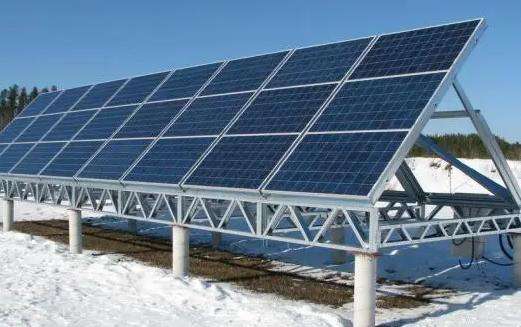Once the underfloor heating has been installed, a layer of backfill is necessary. The purpose of the backfill is to store heat in the underfloor heating system and to protect the pipes.
The floor heating backfill uses some suitable materials and fills the floor heating layer with a heat storage layer, which can not only effectively protect the floor heating pipes, but also preserve heat and prevent excessive heat dissipation for a long time. -use time for heating.
Although underfloor heating backfilling can extend the life of underfloor heating to a certain extent, it must be constructed correctly. Among the underfloor heating backfill materials, it is generally concrete used for underfloor heating backfilling. that is, materials such as cement, sand and sandstone are required.
Detailed information:
Local heating before backfilling After the infrastructure has been installed in accordance with construction specifications, the construction base can be cleaned. It is necessary to ensure that the construction base is free of debris and dirt. Once cleaning is complete, the concrete can be mixed.
Once the concrete has been laid, it must be maintained in time and watered morning and evening. However, no one is allowed to walk on the underfloor heating backfill layer within 24 hours.
In areas where underfloor heating is installed, no holes should be drilled or drilled to avoid damage to the underfloor heating pipes. The next stage of construction can only be carried out after the underfloor heating backfill layer has dried and. drying time should not be less than 48 hours.
Materials needed: ordinary Portland cementarea, sand, grains of pisolite
1. Take ordinary Portland cement of at least 32.5, the most suitable sand is medium sand. or coarse sand with not more than 5%, and the diameter of pisolite particles should be between 5 and 15 mm. The filling layer of underfloor heating backfill is used to protect the plastic pipes and the structural layer where the temperature is evenly distributed, therefore pisolite concrete is usually used. When mixed with water sand mud, their ratio should not be less than 1:3. . The strength grade of concrete should not be less than C15, in order to protect the pipes from underfloor heating and distribute heat evenly.
2. During the construction process, it should be noted that the backfill area of the floor heating should not be too large each time to avoid temperature cracks in the concrete. It must be install on the walls, the columns. , or when passing expansion joints, and the width of the expansion joints must be greater than 10 mm. When filling underfloor heating, it is prohibited to use mechanical vibrating equipment to vibrate concrete. and use flat head shovels to vibrate the concrete.
3. The height of the embankment is usually chosen depending on the type of structure of the room. For most family homes, it is recommended that the underfloor heating backfill standard be between 2cm and 4cm. depending on the soil. Determine the material based on the material. If the installation room is a commercial house, there are no special requirements for the height of the underfloor heating embankment. The main things to consider are room orientation and choice. of floor materials.














